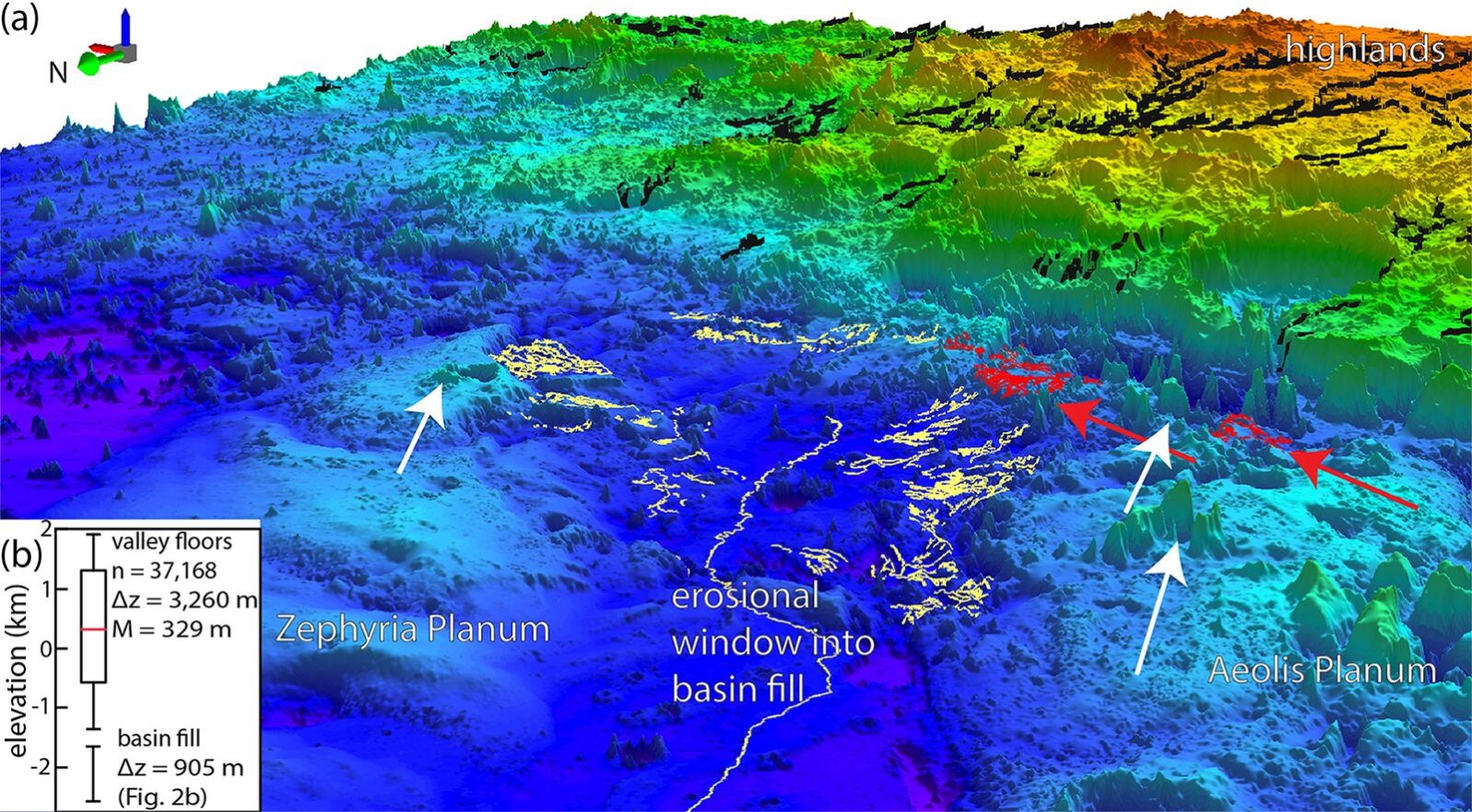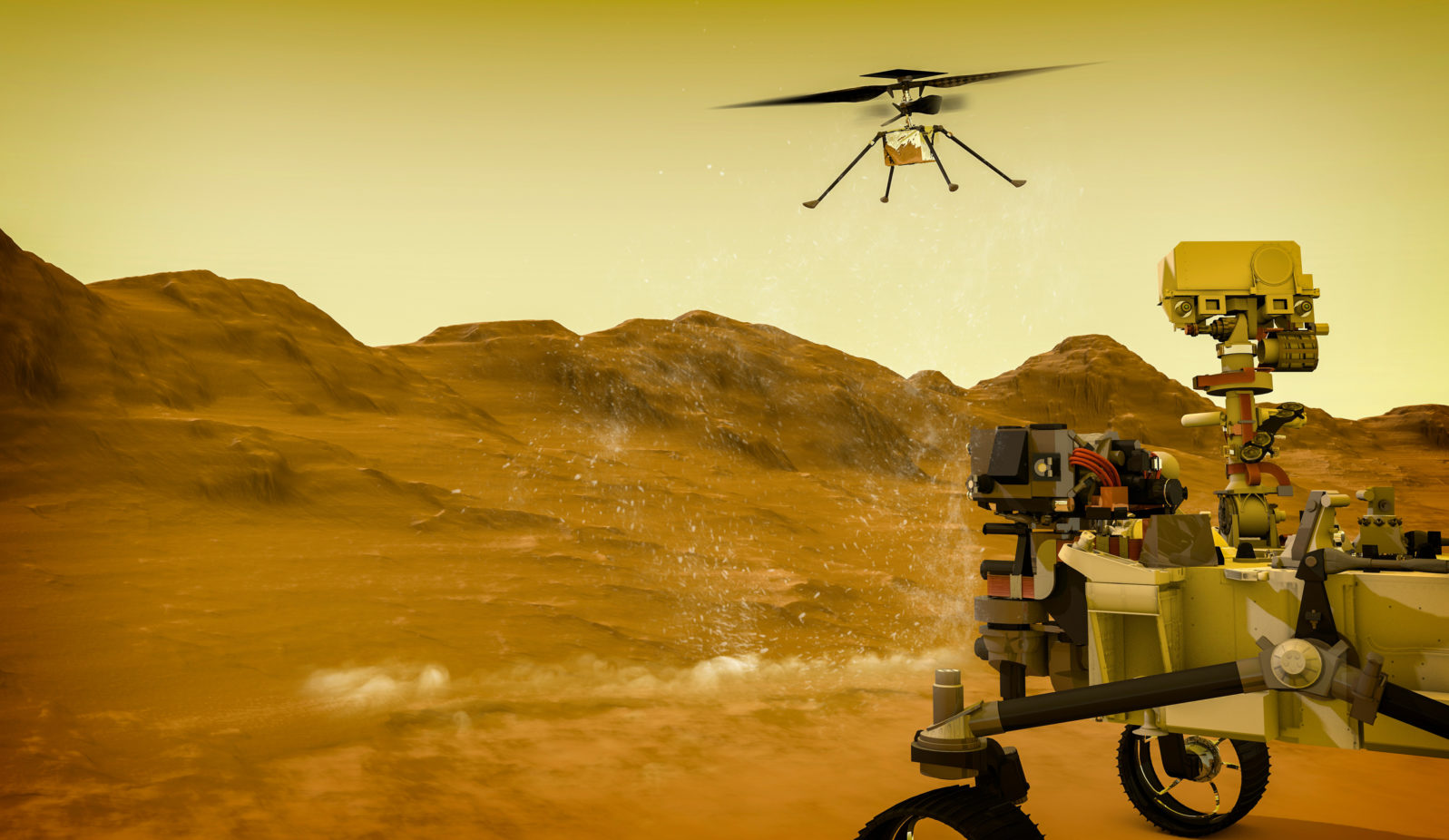News From the Search for Extraterrestrial Life 12
Some stars seem to be defying the known laws of physics; others are found to produce specific rare elements when they collideIn our universe:
Researchers are finding more evidence that colliding neutron stars forge not only gold but strontium, lanthanum, and cerium. They expect to discover more rare elements in the debris as well. (Universe Today, October 29, 2022) At this rate, we won’t run out. 😉 The paper is open access.
When neutron stars collide:
Speaking of stars, some seem to be defying the known laws of physics: “An international team of astrophysicists has made a puzzling discovery while analyzing certain star clusters. The finding challenges Newton’s laws of gravity, the researchers write in their publication. Instead, the observations are consistent with the predictions of an alternative theory of gravity. However, this is controversial among experts. The results have now been published in the Monthly Notices of the Royal Astronomical Society. The University of Bonn played a major role in the study.” – University of Bonn (October 29, 2022) Apparently, the distribution of stars in an ignited gas cloud doesn’t follow the predicted patterns. The paper requires a fee or subscription.
In our galaxy:
Water, chemist Nicolás M. Morato tells us, is both essential to life and — depending on the circumstances — a barrier to life. “The reason why is surprisingly simple: The presence of water prevents chemical compounds from losing water. Take, for example, proteins, which are one of the main classes of biological molecules that make up your body. Proteins are, in essence, chains of amino acids linked together by chemical bonds. These bonds are formed through a condensation reaction that results in the loss of a molecule of water. Essentially, the amino acids need to get “dry” in order to form a protein.” Many solutions have been proposed. In a recent study, he and colleagues argue that very small water droplets — micro droplets — allowed early biomolecules to form.– The Conversation (November 2, 2022) The paper requires a fee or subscription.
At EarthSky, Paul Scott Anderson asks “How likely is an Earth-like origin of life elsewhere?” He points to a paper by retired astrophysicist Daniel Whitmire at the University of Arkansas which argues that it can: “Whitmire’s view is simply that the existence of life on Earth is, in itself, meaningful to the question of whether life exists elsewhere. In theory, at least – Whitmire asserts – the presence of life on Earth strengthens the possibility of life elsewhere.” (October 10, 2022) The paper is open access.
Actually, the existence of life on Earth strengthens the probability of life elsewhere only if we can establish that the basic conditions for life exist elsewhere.
Here’s the problem: If a resident of Topeka, Kansas, wins a car in a statewide lottery, that fact alone doesn’t strengthen the chances of another Topeka resident winning a car. Provided, that is, the tickets are randomly distributed. If, however, we knew that the winning tickets had been distributed in a lopsided way — so that eight of the ten went to Topeka — then buying a ticket in Topeka would significantly increase the chances of winning a car. The basic conditions for winning have been — in this case improperly — increased in Topeka. Anyway, we are in a much better position to find out about life-friendly conditions than we used to be.
From Quanta Magazine: Profiling astronomer Lisa Kaltenegger, who does computer modelling for life on exoplanets, based on bizarre life forms on Earth: “Most optimistically — if biospheres bloom easily from Earth-like worlds — the [James Webb Space] telescope may detect odd ratios of, say, carbon dioxide, oxygen and methane on one of these planets. Astronomers may then be sorely tempted to attribute the concoction to the presence of an extraterrestrial ecosystem. Finding biosignatures will require Kaltenegger and a small group of her peers to squeeze certainty from exceedingly few photons. Not only will the atmospheric signals they’re looking for be weak, but she and her colleagues must model a planet’s possible interplay of starlight, rock and air accurately enough to be sure that nothing besides life could explain the presence of a particular atmospheric gas.” – Joshua Sokol, “A Dream of Discovering Alien Life Finds New Hope” (November 3, 2022)
At Space.com, Paul Sutter points to a decidedly unglamorous way of looking for intelligent extraterrestrials: Their garbage: “In humanity’s comparatively short time exploring the solar system, we’ve littered the moon and Mars with dozens of defunct spacecraft and random pieces of junk, so it’s not implausible to suspect that a visiting alien civilization would do the same. Plus, because many surfaces in the solar system do not experience weathering or volcanism, an artifact left there could be noticeable for billions of years.” (October 14, 2022) The trash is a technosignature — evidence of not just life (that’s biosignature) but of intelligent agents. Further suggestions are available in the open-access paper.
This month, the BBC offers a look at the question of whether extraterrestrial life should be granted “sentient rights”: “Writers don’t seem to have too much hope that humans would treat aliens very well. Perhaps that’s because our track record of affording rights to the inhabitants of this planet, human or otherwise, has been so poor throughout history, despite the international legal conventions supposedly safeguarding them.” – Tamlin Magee (November 1, 2022) Then maybe then we should start at home first.
In our solar system:

Calvaro, Public Domain
The American Astronomical Society offers some thoughts as to how we might spot biosignatures (evidence of life) in the solar system, particularly in water oceans such as on Enceladus and Europa: The astronomers suggest looking for lipids: “Though the term lipids might not be familiar, the molecules themselves likely are: lipids include fats, waxes, and certain vitamins. Lipids are also important components of cell membranes, making them essential to all life on Earth. Their size and complexity mean they’re unlikely to form through simple chemistry, making them potential biosignatures. ” – Kerry Henley, AAS/NOVA (November 2, 2022) Tests of detection methods are underway. The paper is open access.
Meanwhile, far out in our solar system, there’s an odd dwarf planet called Haumea. Discovered in 2003/2004, it’s in the Kuiper Belt, a region of icy bodies beyond Neptune’s orbit. Approximately the size of Pluto, it looks like a football. That, says NASA, is because its spin is so fast that its shape is distorted. In fact, NASA is studying it to try to find out, among other things, why it is “one of the fastest rotating large objects in our solar system.”
At Space.com, Robert Lea explains, “Haumea also has a surface that is mostly made of a kind of water ice unlike most of the other bodies in the Kuiper Belt. This water-ice surface is shared by some of Haumea’s siblings that also appear to share the same orbit as the dwarf planet. This has led scientists to conclude Haumea and these icy bodies share the same origin and that they form the only ‘family’ of related objects found in the Kuiper Belt — the ‘Haumean family.’” (November 1, 2022) Despite the water researchers don’t think Haumea could host life, due to the intense cold out there.
Right next door:
Mars: Researchers have outlined a large ocean that once existed on Mars: “In a region called Aeolis Dorsa, features resembling river deltas and underwater marine channels extend for 6,500 km along the edge of a low lying basin. The features show depots of sediment up to 900 metres deep, believed to have been created when fast-moving river water met with the slower-moving ocean, forming deltas. This ocean would have existed 3.5 billion years ago when Mars was a much warmer and wetter world, and much more Earth-like. That was also the time when life was emerging on our planet, so of course it’s natural to ask if it’s possible that life emerged there too?” – Bob McDonald, “Strong evidence that an ancient ocean once covered Mars,” CBC (November 4, 2022)
Here’s a map:

The paper requires a fee or subscription.
By the way, the European Space Agency is trying to get a look inside Mars moon Phobos, which could help us find out if it is captured asteroid or formed from material ripped from Mars.
November 4 saw the theater release of Good Night Oppy (2022), documentary about the Mars Opportunity rover: “Oppy was originally expected to live for only 90 days but she ultimately explored Mars for nearly 15 years.” – IMDB
Venus:
Projected for 2029 (or the early 2030s) the DAVINCI — or Deep Atmosphere Venus Investigation of Noble Gases, Chemistry, and Imaging — probe will make a one-way trip to Venus, carrying five instruments to probe the atmosphere: “Among the many mysteries of the thick Venusian atmosphere are its structure, how volcanoes may have interacted with the atmosphere, and what that interaction can tell us about Earth’s future… Yet clouds of sulfuric acid, surface atmospheric pressure about 90 times higher than Earth’s, and surface temperatures around 900 F (about 460 C) make Venus incredibly challenging to explore, and it’s a herculean task to create instruments that can make sensitive measurements while being exposed to Venus’ harsh environment. Because of this, most of DAVINCI’s sensors and other subsystems are enclosed in a descent sphere built like a submarine, with sturdy construction to withstand the intense atmospheric pressures and effective insulation to shield these systems from the intense heat near Venus’ surface. However, VASI’s sensors must be directly exposed to these harsh conditions to do their job.” – “NASA Instrument to Measure Temperature, Pressure, and Wind on Venus, ” Venus October 20, 2022
Here on Earth:
NASA is testing plants to see what can grow on space stations. The plants must adapt to microgravity: At Universe Today, Carolyn Collins Petersen explains: “While low gravity might seem like a pretty relaxing place to live and work, for plants, it’s actually stressful. Like humans, plants evolved in Earth’s gravity and in ground-based environments. Exposure to the stress of spaceflight shows that things like an arabidopsis plant (previously grown on the station) actually change their genetics. It’s not a mutation like we see in SF movies. It’s more like the plant adds a little extra something to its DNA to affect gene expression. That’s the process where a gene is stimulated or turned on in a cell to make RNA and other proteins. Living in space changes that a little bit, but figuring out that process and how extensive it is takes time and multiple experiments. That’s where Plant Habitat-03 comes in.” (November 4, 2022) Arabidopsis, a wild cress, is a favorite research plant.
Our universe is, after all, fine-tuned for life:
Much more striking, the masses of “up quarks” and “down quarks,” the constituent parts of protons and neutrons, must have precise values to allow for the production of the elements, including carbon, essential for a life-friendly universe. Indeed, the masses of these quarks must have simultaneously met nine different conditions for the right nuclear reactions to have occurred in the early universe16 (Fig. 7.4). The “right” reactions are ones that would produce the right elements (such as carbon and oxygen) in the right abundances necessary for life. The fine tuning of the masses of these two naturally occurring quarks in relation to the range of expected possible values for the mass of any fundamental particle is exquisite. roughly 1 part in 1021. The mass of the “down quark” must have a similarly precise fine tuning. Meyer, Stephen C.. Return of the God Hypothesis (p. 211). HarperCollins. Kindle Edition.
Stephen C. Meyer, Return of the God Hypothesis (HarperCollins, 2021) pp. 211–12 Kindle Edition.
You may also wish to read: News from the search for extraterrestrial life 11 One paper says the planets around Trappist-1 may be more habitable than first thought but another says that planets around M-stars may be less so… Some argue for silicon-based life in our universe — and it may work — but it’s nowhere near as obviously workable as carbon-based life.
